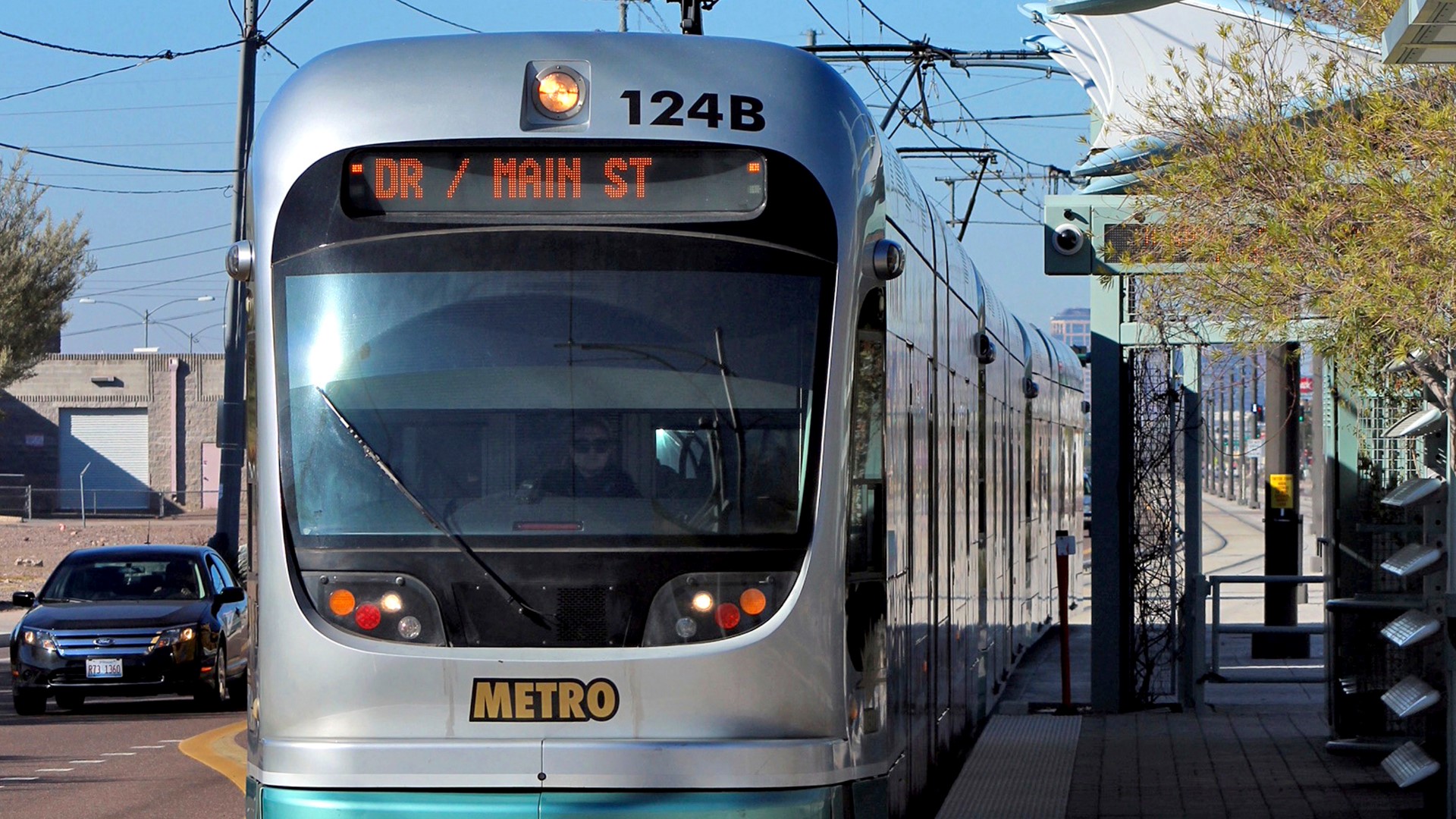On August 27, voters in the city of Phoenix have a choice: to kill the expansion of light rail or continue to let it expand throughout the city.
The simple version of the proposition is this:
A "yes" vote means an end to light rail expansion.
A "no" vote means light rail will continue to spread all over the Valley.
However, each choice has a domino effect.
The light rail has been voted on multiple times, with voters supporting the initiative each time.
This vote comes as the city is prepared to embark on a $1.3 billion dollar project which includes a transportation hub and 5.5 miles of new track from central Phoenix to south Phoenix down Central Avenue.
The price tag is much higher than was originally expected. Valley Metro said there are a few reasons for the price hike.
First, a downtown hub to help people move between trains heading in multiple directions has been added to this project. That has increased the total price tag by $275 million. Also, new rules for federal money require the city to hold more money in reserve in case the project runs over budget, requiring the city to raise more upfront cost, even if the money is never used.
The $1.345 billion is not all coming from the city. It is split three ways, among the federal government, the city and the county. The federal government would be responsible for $637 million, Phoenix for $428 million and the county for $280 million, according to Valley Metro.
If approved, Prop 105 would kill the project in its tracks and divert money towards other projects like roads. However, if the money does not go to light rail, the city would likely miss out on the funding provided by the federal government and the county.
Supporters of Prop 105, include businesses owners along Central Avenue. Many are concerned they will not be able to survive the years of construction and the reduction of the number of lanes of Central Avenue.
Opponents of Prop 105 see light rail as an important infrastructure investment that will help Phoenix join the ranks of other major cities with expansive rail systems while lessening the city's reliance on cars.

